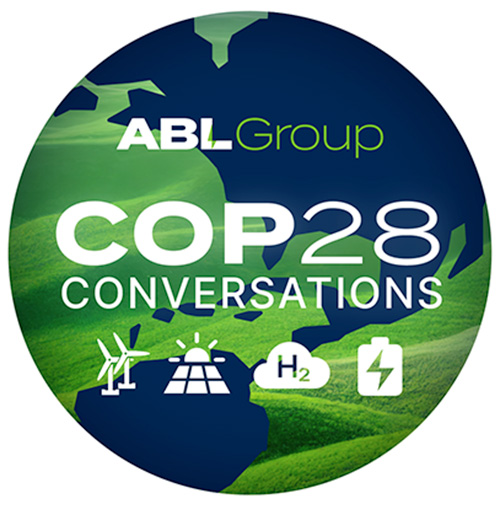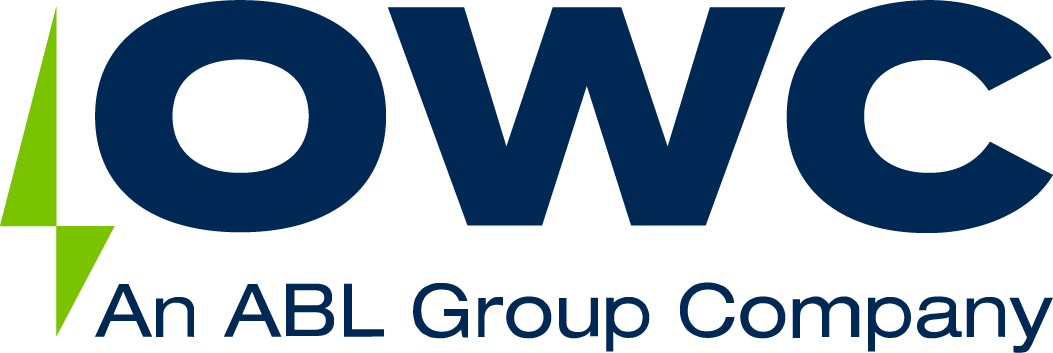How is Energy Storage delivering on emission-free energy?

Energy storage technology plays a pivotal role in advancing the transition towards emission-free energy production. As the demand for electricity increases – and with more technologies becoming electrified, such as transport and heat – the intermittent nature of renewable energy sources like solar and wind power poses a challenge to maintaining a stable and reliable energy supply. Energy storage technologies, such as advanced batteries and pumped hydro storage, bridge the gap between energy generation and consumption, not only enhancing the reliability of the grid but also facilitating the integration of emission-free energy into mainstream power systems.
The potential of energy storage to improve grid capacity globally is substantial and holds the key to addressing numerous challenges faced by modern electrical grids. Storage solutions offer:
- Renewable Integration: Mitigates intermittency of renewables by storing excess energy.
- Grid Stability: Provides rapid responses to fluctuations, ensuring a stable and reliable power supply.
- Peak Demand Management: Releases stored energy during high-demand periods, optimising grid capacity.
- Transmission Optimisation: Defers costly upgrades by strategically placing storage facilities.
- Resilience: Acts as a backup during outages, enhancing grid reliability.
- Flexibility: Fast response times enable real-time balancing of supply and demand.
- Global Electrification: Facilitates reliable power solutions, particularly in developing regions.
- Technological Advances: Ongoing improvements in energy storage technologies enhance overall efficacy.
Several countries and regions have been actively investing in and deploying energy storage projects as part of their efforts to address energy transition challenges. Key regions with significant energy storage initiatives include:
- United States: Various states are investing in large-scale battery storage projects, driven by ambitious renewable energy goals and a commitment to grid modernisation. In 2018, the Florida Power & Light Company launched cutting-edge solar & storage technology featuring a 16,000kw/h storage capacity across multiple batteries integrated into its main solar system – believed to be the first in the country to combine such technologies. Prior to this, in 2013, California became a trailblazer of energy storage systems technology when it passed the first energy storage mandate in the US.
Most recently, in 2022 the Inflation Reduction Act was passed, introducing an investment tax credit incentive for standalone storage projects when paired with eligible renewable power generation such as solar PV. The Act transformed the battery storage market with the number of planned storage projects increasing to 26.5 GW, according to the US Energy Information Administration. - Australia: Australia’s diverse geography and abundant renewable resources make it well-suited for energy storage solutions. In 2017, Tesla and Neoen unveiled their lithium-ion battery installation (100 MW), which was commissioned after as part of a larger grid-modernisation effort following a major blackout in 2016 that affected over 1 million homes. The giant battery stores and discharges excess energy from the Hornsdale wind farm, redressing imbalances and providing fast-response emergency power during outages. In a recent competitive tender conducted on behalf of the New South Wales government, three substantial battery storage projects and one virtual power plant emerged as the successful recipients. The tender, hosted by AEMO Services, represents the second phase of a four-part series in the state’s Electricity Infrastructure Roadmap.
- Europe: Germany, Spain, Italy, Greece and several Nordic countries are taking steps in the way of deploying innovative energy storage solutions, but the UK has been the active pioneer in the European region so far. The National Grid’s Enhanced Frequency Response (EFR) Service utilised
sgrid-scale batteries to provide rapid frequency response, stabilizing the grid by adjusting the frequency in real-time, demonstrating the efficacy of energy storage in supporting grid reliability, kick-starting the market in 2016. The UK market can be used as an indicator of how a bankable market for energy storage can develop:
- South Africa: South Africa is looking to procure 513MW from energy storage through a new bid window for Independent Power Producers which closed in July 2023 (ESIPPPP). The process aims to create 5 new sub-stations in the Northern Cape, each producing supporting 77-153 MW. The goal is to diversify the country’s energy mix enough to alleviate pressure on the grid from loadshedding, stemming from the country’s over-dependence on traditional fuels. Two further ESIPPPP rounds are expected to be announced in the coming weeks. Additionally, South Africa’s focus on rural electrification and off-grid solutions involves the deployment of localised, behind the meter, energy storage systems. These decentralised storage solutions contribute to providing reliable electricity access to remote areas, where traditional grid extension may be challenging or economically unviable.
Challenges ahead?
Widespread deployment of storage technologies faces several challenges that impact implementation and scalability:
- Cost: High upfront costs remain a significant barrier to deployment.
- Energy Density: Improving storage capacity for longer durations is an ongoing challenge.
- Technology Maturity: Some storage technologies are still in early-stage development and lack economies of scale or bankable proof of concept.
- Environmental Impact: Production and disposal of certain technologies pose environmental challenges.
- Regulatory Barriers: Existing regulations may not support seamless integration into the grid.
- Lack of Standardization: Absence of standardized systems creates interoperability issues.
- Land Use and Siting: Finding suitable sites for large installations is challenging, subject to regulations.
- Supply Chain Constraints: Global supply chain issues for critical materials impact scalability.
- Limited R&D Funding: Insufficient funding hampers research and development efforts.
- Safety Concerns: Ensuring safety in densely populated areas is crucial for public acceptance.
Overcoming these challenges will require collaborative efforts from researchers, policymakers, industry stakeholders, and the public to foster innovation, improve regulatory frameworks, and establish a supportive environment for the deployment of energy storage technologies at scale.

By Aimee Besant
Head of Energy Storage, OWC
